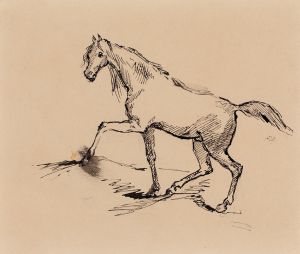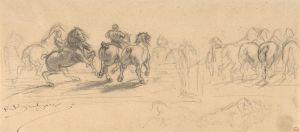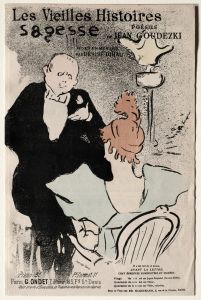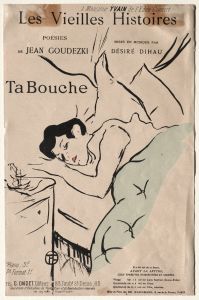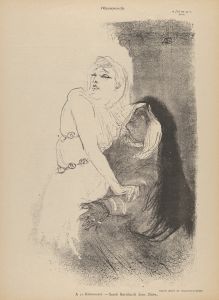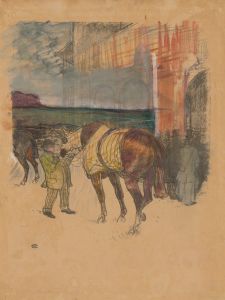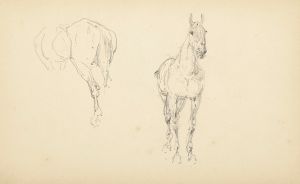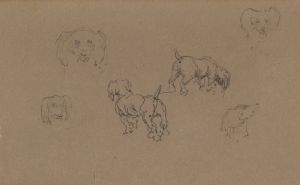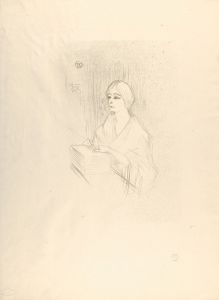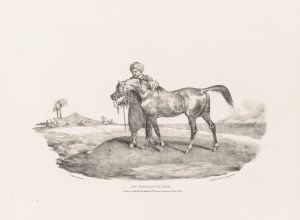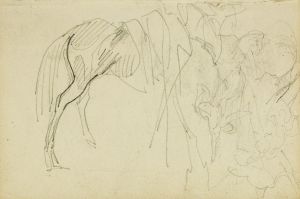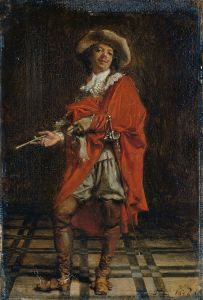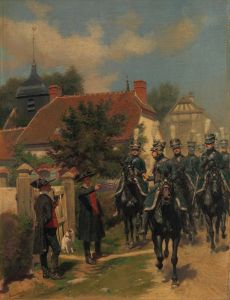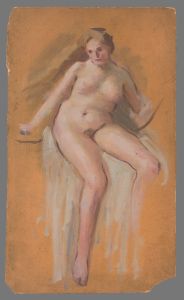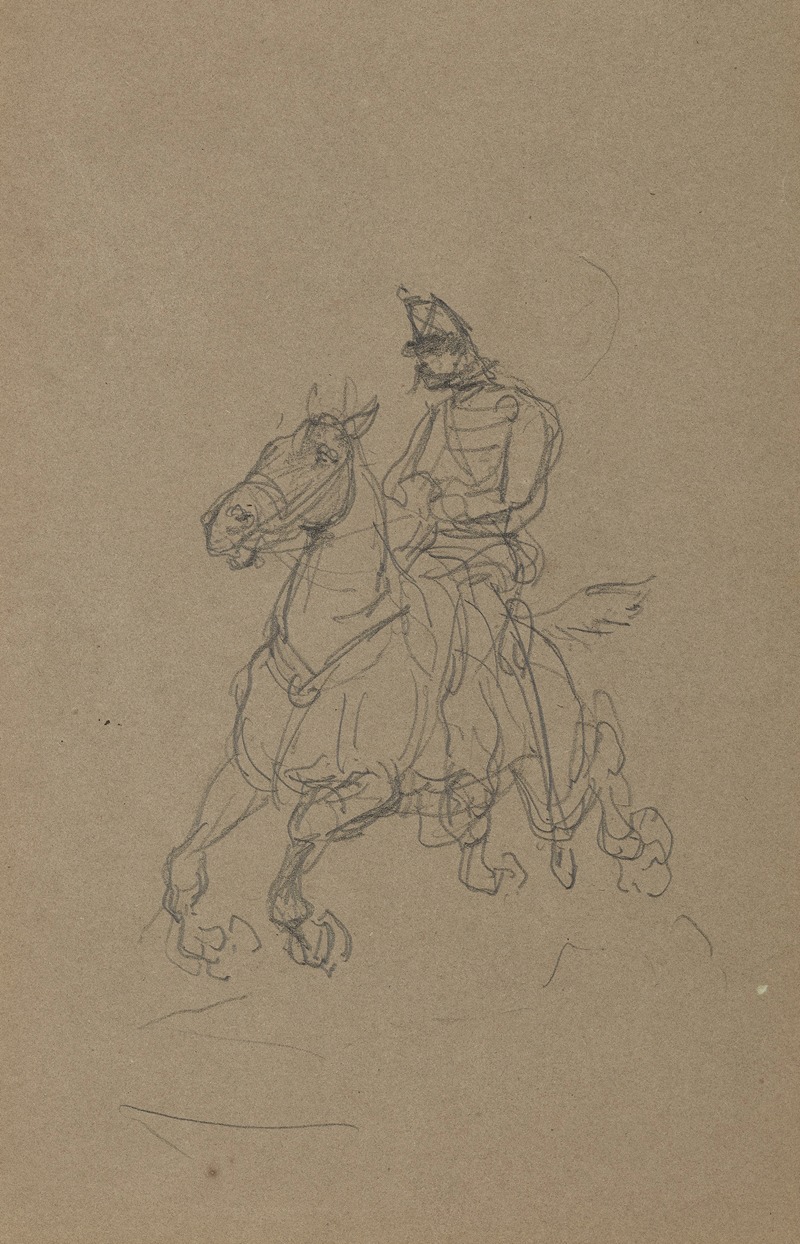
Ulhan à cheval
A hand-painted replica of Henri de Toulouse-Lautrec’s masterpiece Ulhan à cheval, meticulously crafted by professional artists to capture the true essence of the original. Each piece is created with museum-quality canvas and rare mineral pigments, carefully painted by experienced artists with delicate brushstrokes and rich, layered colors to perfectly recreate the texture of the original artwork. Unlike machine-printed reproductions, this hand-painted version brings the painting to life, infused with the artist’s emotions and skill in every stroke. Whether for personal collection or home decoration, it instantly elevates the artistic atmosphere of any space.
Henri de Toulouse-Lautrec, a prominent French artist of the Post-Impressionist period, is widely recognized for his depictions of Parisian nightlife, cabarets, and performers. However, his work also includes a range of subjects beyond these themes. One of his lesser-known works, Ulhan à cheval (Uhlan on Horseback), reflects his interest in equestrian subjects, which he explored at various points in his career.
Ulhan à cheval portrays an uhlan, a type of light cavalry soldier historically associated with Polish and other European armies, mounted on horseback. The painting demonstrates Toulouse-Lautrec's characteristic style, with loose, expressive brushstrokes and a focus on capturing movement and form rather than precise detail. The work is notable for its dynamic composition and the artist's ability to convey the relationship between the rider and the horse.
Toulouse-Lautrec's fascination with horses and equestrian themes can be traced back to his childhood. Born into an aristocratic family in 1864, he grew up in the French countryside, where he developed a deep appreciation for horses and riding. This early exposure influenced his artistic interests, and he frequently included horses in his works, particularly during his formative years as an artist.
The exact date of Ulhan à cheval is not definitively documented, but it is believed to have been created during the late 19th century, a period when Toulouse-Lautrec was actively producing a wide variety of works. The painting reflects his ability to adapt his style to different subjects while maintaining his distinctive artistic voice.
As with many of Toulouse-Lautrec's works, Ulhan à cheval is characterized by its immediacy and energy. The artist's use of bold lines and a limited color palette emphasizes the physicality of the horse and rider, creating a sense of vitality and movement. This approach aligns with the broader trends of the Post-Impressionist movement, which sought to move beyond the naturalism of Impressionism to explore more expressive and symbolic forms of representation.
The current location of Ulhan à cheval is not widely documented, and it is not among Toulouse-Lautrec's most famous works. Nevertheless, it remains an interesting example of his versatility as an artist and his ability to engage with a variety of subjects.
Henri de Toulouse-Lautrec's legacy as a painter, printmaker, and illustrator continues to be celebrated for its innovation and depth. While Ulhan à cheval may not be as well-known as his depictions of Parisian life, it offers valuable insight into the breadth of his artistic interests and his enduring fascination with the human and animal form.





